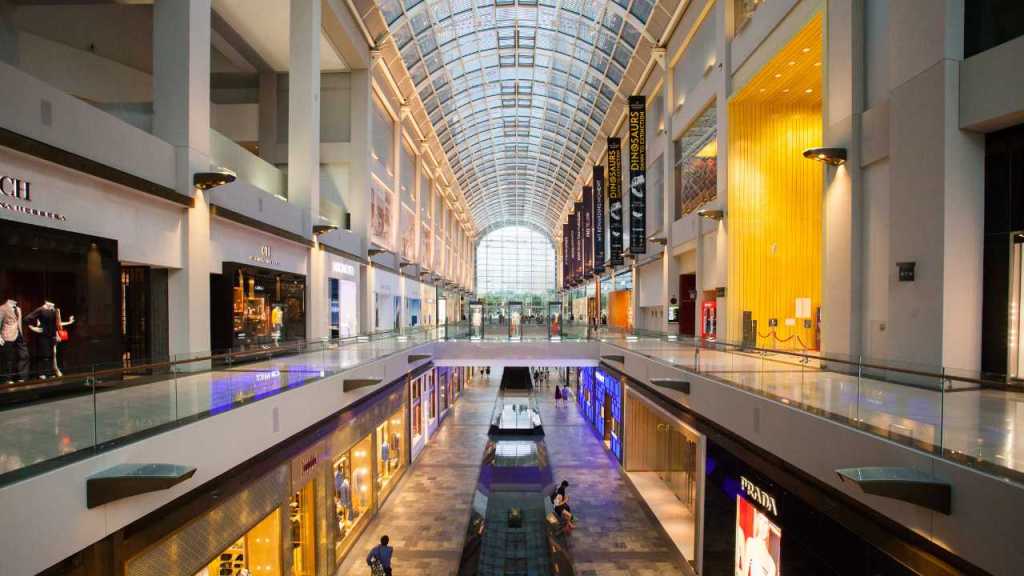Vacant stores are common in retail property investment, management, and leasing. If you own a shopping centre, you are aware of the disruption to cash flow when a vacancy occurs. Then there are the vacancy costs, in addition to the rent loss.
When considering the costs associated with vacant retail shops, it’s crucial to consider various factors such as incentives, make-good requirements, premises upgrades to suit the needs of a new tenant, leasing fees, legal documentation, and marketing expenses.
As a retail property investor or owner, it’s essential to focus on the tenant mix and explore ways to improve it over time. Retaining tenants and lowering vacancy rates are two ways to achieve this.
Work Closely with Tenants
Many tenants are usually present in any shopping centre or retail property, and you should keep an eye on them and work with them. Because each tenant is essentially a ‘self-contained business,’ a lot can change or go wrong for that business.
What could go wrong for retail store owners or tenants today? Due to the prevalence of online shopping and the high cost of doing business today, the economy comes first as a pressure point, followed by changes in customer shopping patterns.
Things change in retailing today. Landlords and tenants should work together towards successful outcomes. As a result, it is beneficial to have a quarterly review of the tenant mix and, as part of that, a connection with all tenants. Good communication with retailers will assist you, as a landlord, in mitigating the effects of a future vacancy.

Effective Strategies for Shop Leasing
Here are some proven strategies that can help you with shop lease negotiations.
1. Create a Calendar of Lease Dates
When you consider the average retail shopping centre, there are plenty of tenants to monitor and lease situations to administer. The best way to work with those variables is through a tenancy lease calendar and vacancy projection chart.
Monitor the next two years in your property, and all the dates relating to lease expiry, lease options, rent reviews, and occupancy issues. These are the critical dates that can impact occupancy and the income stream. You can also set calendar reminders for each of the essential dates of all the leases across the tenancy mix.
Simple forward planning like that will help you keep control of the volatility across the tenancy mix. Meet with tenants regularly to understand any pressures on business and occupancy. It is better to work with the tenants to solve occupancy pressures than to have a vacancy that could be hard to lease.
2. Not all Market Rents are the Same
Any landlord will say that monitoring the impact and growth of market rental relating to a location and a property is essential. Over time, it is always good to see rentals increase, thereby improving the property’s value. As part of that, there is a compromise to consider.
Remember that market rentals for each retailer will be different and apply not only to the shop location but also to the business type(s). Some businesses, by type, cannot tolerate a full or similar market rental that others may pay for the same property for similar premises.
So, market rentals change by location and should be considered individually for each shop and each tenant type. The shop’s size, the lease length, and the fit-out will also impact market rentals.
Before starting each financial year, as a landlord, it is wise to set guidelines and parameters for the market rentals for all lease negotiations in the upcoming 12 months. There will also be separate rentals for rent reviews and new leases with sitting tenants.
So, each financial year can have a predictable rental budget applying to occupancy and known vacancies.

3. Refined Lease Terms
All landlords should have standard leases established for all of their separate properties. The leases would be structured for property design and investment outcomes. Therefore, the legal or leasing advisor for the landlord specifically designs the lease terms and conditions to channel future occupancy issues toward a better investment result.
Every potential new lease in a property should be looked at in balance with the overall tenancy mix, known market rentals, and the requirements to relocate or change some tenants in occupancy.
A tenancy mix must be tuned towards an investment result over time. That can take months, if not years, to achieve the outcomes a landlord requires. That is why the ownership investment strategy behind shopping centre performance should be strategic in direction and comprehensive in coverage.
4. Premises Ready and Looking Good
When there is a vacancy to lease in a shopping centre, the shop and the premises should be optimised in presentation and for any future inspection. In other words, the premises should look good and be prepared for an inspection. Some landlords don’t like to spend money on a vacant shop; however, presentation is everything when endeavouring to lease premises.
An outgoing tenant should be forced to comply with all make-good provisions of their lease in a timely way. When the outgoing tenant has completed the make-good, the question remains as to what other things the landlord could do to encourage the interest of a new tenant.
A well-presented shop is easier to lease than something with visible issues and occupancy problems. A well-presented shop is also a stepping stone to getting a better market rental at vacancy.

Simple Leasing Results
When a vacancy occurs in a shopping centre, simple ideas like this will assist many landlords in achieving better leasing results.
Create a ‘lease vacancy calendar’ that looks ahead for the entire fiscal year. Combine that with a “tenant retention plan” to help with current occupancy and tenant mix.


